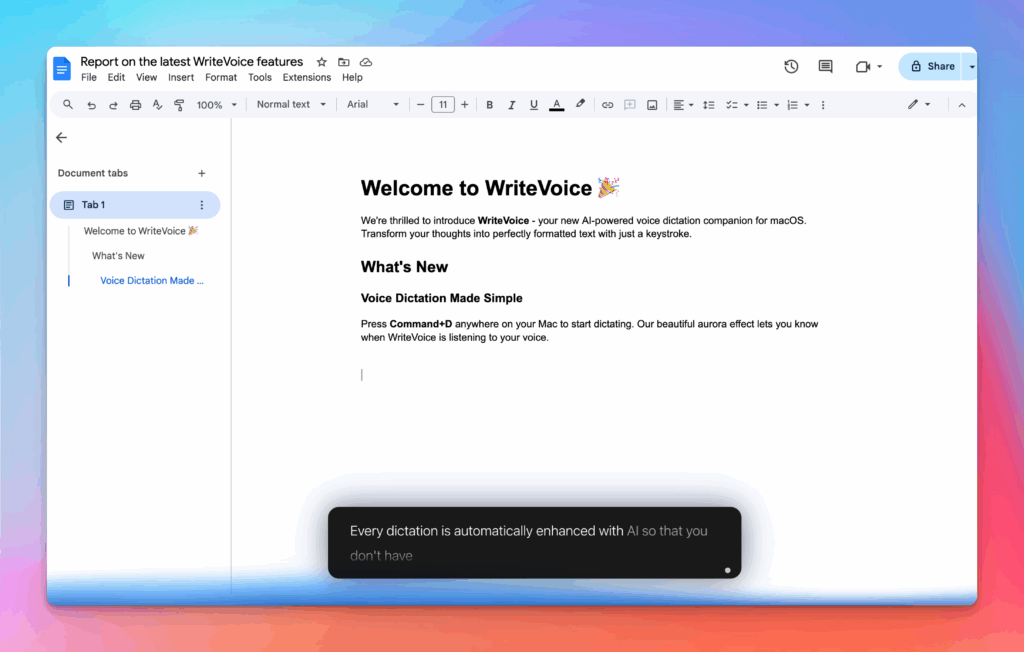How to Calculate Market Size
Market sizing drives business decisions. Calculate market opportunity with professional methodologies.
How the How to Calculate Market Size works
Apply systematic market sizing: define scope, identify data sources, calculate segments, and validate estimates. Create credible market analysis for planning.
Accurate market sizing prevents costly mistakes. This calculator provides structured methodology for reliable opportunity assessment.
How it works
Tutorial
Market sizing is the first credibility test for any business plan, investor pitch, or strategic initiative. Entrepreneurs who claim massive markets without rigorous analysis get dismissed immediately because sophisticated stakeholders know lazy market sizing indicates lazy thinking everywhere else. Proper market calculation requires defining your scope precisely, gathering quality data, segmenting correctly, and validating estimates with multiple approaches. The difference between a $100M opportunity and a $10M opportunity completely changes business strategy, funding requirements, and exit potential.
Beyond impressing investors, accurate market sizing drives critical decisions: Should we expand internationally or focus domestically? Which customer segments deserve resources? What market share is realistic, and what revenue does that represent? Amateur founders estimate markets by finding the biggest industry number and claiming relevance; professionals segment ruthlessly and triangulate estimates from multiple methodologies. This disciplined approach reveals true opportunity size and builds business strategy on reality instead of fantasy.
The Basic Formula
| Method | Approach | Strength/Weakness |
|---|---|---|
| Top-Down | Industry size × Relevant % = TAM | Fast but often overestimates |
| Bottom-Up | Target Customers × Price = SAM | Accurate but requires data |
| Value Theory | Customers × Problem Cost × Capture = Market | Good for new categories |
| Triangulation | Average of multiple methods | Most credible approach |
Step-by-Step Calculation
Example: B2B SaaS tool for e-commerce fraud prevention, targeting mid-market retailers ($10M-$500M revenue) in North America
Step 1: Top-Down Market Sizing
| Component | Source/Calculation | Value |
|---|---|---|
| Global E-commerce Sales | Industry reports (Statista/eMarketer) | $5.7 Trillion |
| North America % | Geographic segmentation | 23% = $1.31T |
| Fraud Loss Rate | Industry average | 0.8% = $10.5B |
| Software Spend vs Total Loss | Companies spend 25% of losses on prevention | $2.6B |
| Mid-Market Share | $10M-$500M revenue companies | 35% = $910M |
| TAM (Top-Down) | Total addressable market | $910 Million |
Step 2: Bottom-Up Market Sizing
| Component | Data/Calculation | Result |
|---|---|---|
| Total NA E-commerce Companies | Census/industry data | ~485,000 |
| Revenue Filter: $10M-$500M | Mid-market segment (8%) | 38,800 companies |
| E-commerce as Primary (not omnichannel) | Filter for online-first (60%) | 23,280 companies |
| Currently Use Fraud Software | Market penetration (45%) | 10,476 companies |
| Average Annual Spend per Company | $24K-$120K, avg $65K | $65,000 |
| SAM (Bottom-Up) | 10,476 × $65,000 | $681 Million |
Step 3: Calculate Realistic SOM and Triangulate
| Metric | Calculation | Value |
|---|---|---|
| Top-Down TAM | From Step 1 | $910M |
| Bottom-Up SAM | From Step 2 | $681M |
| Average Market Size | ($910M + $681M) / 2 | $795M |
| Validated SAM | Conservative estimate | $750M |
| Year 5 Market Share Target | Realistic goal: 2.5% | 2.5% |
| Year 5 Customer Target | 290 customers @ $65K avg | 290 companies |
| SOM (Obtainable Market) | $750M × 2.5% | $18.8M Revenue |
What This Means
Your e-commerce fraud prevention tool targets a $750M serviceable addressable market (SAM) in North America—large enough to build a significant business but focused enough to be credible. The top-down ($910M) and bottom-up ($681M) estimates bracket the opportunity nicely, with the average around $795M. Using $750M as your SAM shows conservative judgment. The 5-year target of $18.8M revenue (2.5% market share) represents an achievable goal that could support a $100-150M valuation at exit.
Presenting this analysis to investors demonstrates sophistication: “We’re addressing fraud prevention in a $750M North American mid-market e-commerce segment. Our 5-year goal is $18.8M revenue representing 2.5% market share with 290 customers.” This specificity builds credibility—you’ve segmented properly, validated with multiple methods, and set realistic targets. Contrast this with “We’re in the $5.7 trillion e-commerce market!” which signals you don’t understand market sizing. The 2.5% market share is ambitious but defensible—much beyond 5% without extraordinary differentiation raises skepticism from experienced investors.
Meet the fastest voice-to-text for professionals
WriteVoice turns your voice into clean, punctuated text that works in any app. Create and ship faster without typing. Your first step was How to Calculate Market Size; your next step is instant dictation with WriteVoice.
A blazing-fast voice dictation
Press a hotkey and talk. WriteVoice inserts accurate, formatted text into any app, no context switching

Works in any app
Press one hotkey and speak; your words appear as clean, punctuated text in Slack, Gmail, Docs, Jira, Notion, and VS Code—no context switching, just speed with writevoice

Accurate, multilingual, and smart
97%+ recognition, smart punctuation, and 99+ languages so your ideas land first try, built for teams and pros.

Private by default
Zero retention, audio and text are discarded instantly, with on-device controls so you can dictate sensitive work confidently.

